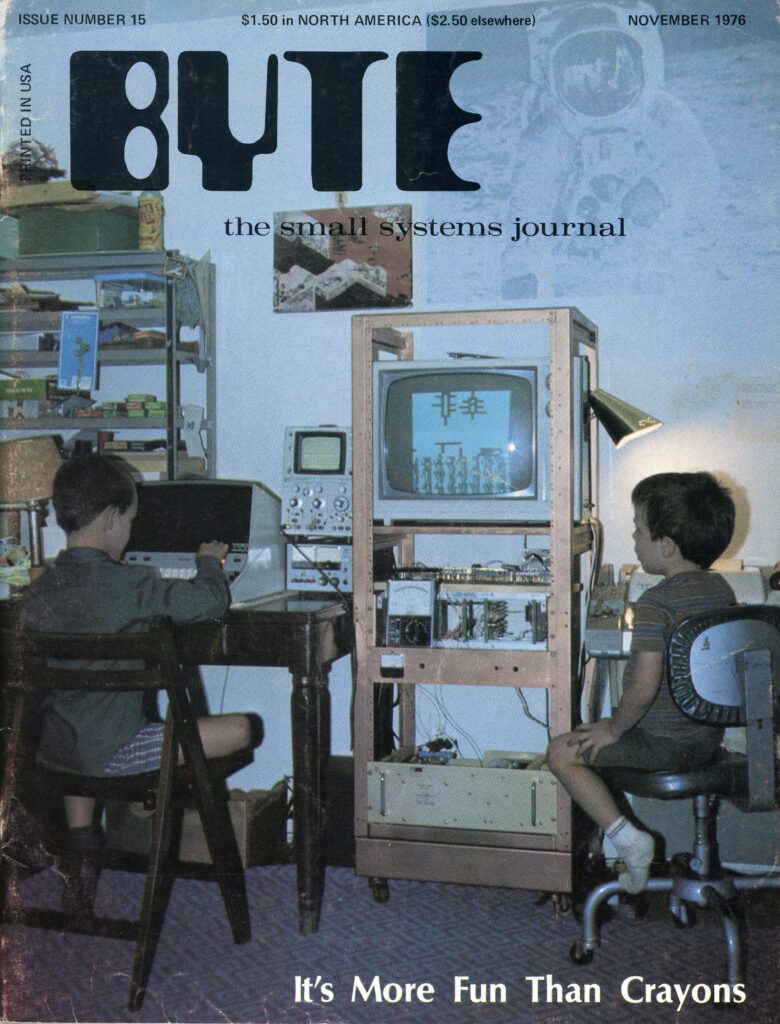
Traditional library and archival materials help flesh out the history of video games. In addition to the personal papers of famous game designers like Ralph Baer, Ken and Roberta Williams, Dan Bunten, and Bill Budge, The Strong collections include many items that shed light on the formative decades for the development of electronic games.
Our many computer and other trade magazines offer abundant information about computer games during the 1960s and 1970s. No dedicated video game magazines existed until the 1980s, so publications like Creative Computing, Byte, and Interface discussed computer games extensively; specialized magazines like RePlay and Play Meter covered the arcade industry; and Playthings, which focused on the toy industry, often addressed electronic games.

General interest publications also profiled the emerging field of computer games. Two of my favorite pieces discussed the early mainframe game Spacewar. In 1971, Albert Kuhfeld’s article in the science fiction magazine Analog described the game for readers who likely did not know computer games even existed. Kuhfeld noted, “Spacewar is usually played “bootleg” in the dead of night when whatever computer available is not busy doing its official and useful tasks.” He further explained that the game evolved as it migrated between computer systems—for example the hyperspace button on the original MIT version dropped a player randomly on the board, while in the University of Minnesota’s version that same button made the ship invisible. He also detailed the strategies that players developed for different phases of the game, such as the “spin-and-drift” technique and the rocket-assisted, fractional, orbit maneuver. Kuhfeld asserted that the most fun came not from playing the game, but from creating variations of it. In other words modding and hacking were alive and well in 1971!

A year later, Rolling Stone, a hipper, more radical magazine, ran a story on Spacewar, entitled “Fanatic Life and Symbolic Death Among the Computer Bums.” Written by Stewart Brand (creator of the Whole Earth Catalog) and with photographs by a young Annie Liebowitz, the article captured the confluence of the computer culture and the counterculture. Flipping through the pages of the article, one better understands how the Zen aesthetic of Steve Jobs emerged out of Silicon Valley.
Diverse materials like these offer scholars access to crucial sources that trace the history of video games. By gathering these materials in one place, ICHEG is helping researchers discover new information and make previously-unrecognized connections.

By Jon-Paul Dyson, Director, International Center for the History of Electronic Games and Vice President for Exhibits



